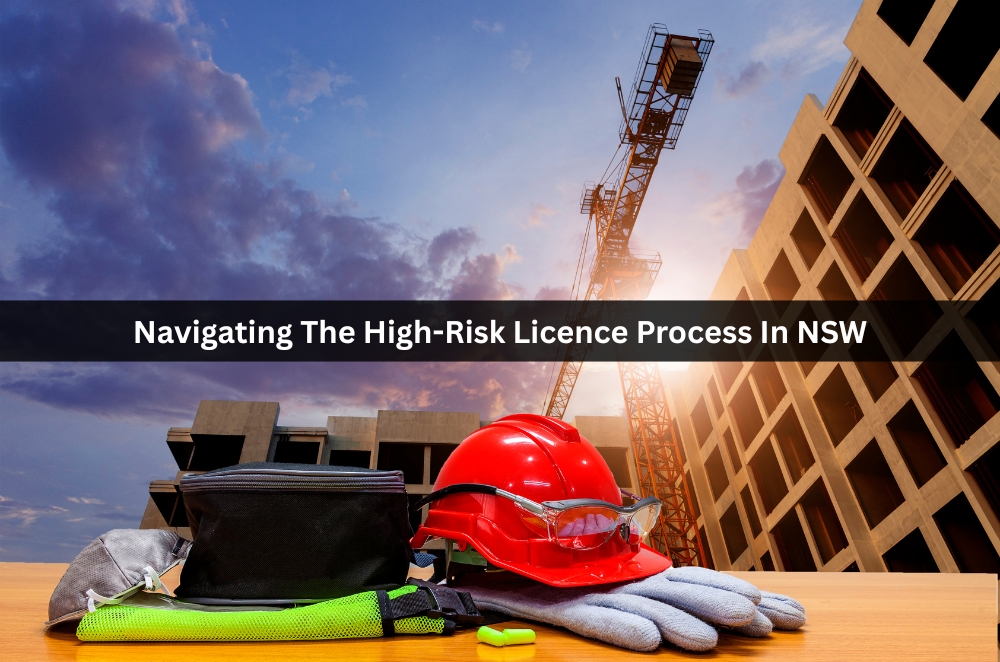Securing a high-risk work licence in New South Wales isn’t as straightforward as filling out a form. For workers needing to operate elevated work platforms above 11 metres or other regulated machinery, the steps can be detailed and strict. That’s why high-risk licence application assistance in NSW can be a valuable resource, especially when time and accuracy matter.
What makes high-risk licensing different?
This type of licence covers jobs that involve a high level of safety risk, which is why the process is heavily regulated. There’s little room for shortcuts.
- Most roles require a certified training course.
- Only Registered Training Organisations can assess candidates.
- SafeWork NSW guidelines must be followed exactly.
- Applicants have just 60 days post-assessment to lodge paperwork.
Missing a single step or submitting incomplete documentation can mean going back to square one. It’s not just about ticking boxes—it’s about proving you're ready to handle dangerous work.
Training requirements and where to start
Before applying, workers must complete hands-on, nationally recognised training. This ensures they're not just qualified on paper but prepared in practice.
- Course content includes theory and site-specific scenarios.
- Some licences require logbook hours or employer sign-off.
- Refresher training may be required if there are delays.
- Assessment days must be booked in advance.
- Being informed about upcoming regulatory changes helps select a provider that meets future expectations.
When considering options, knowing what’s on the horizon for safety training can help you pick a provider that aligns with upcoming compliance trends and regulatory expectations.
Pitfalls that trip up applicants
Even experienced workers can hit snags if they rush or assume they’ve got it covered. Simple oversights can stall or cancel the process altogether.
- Proof-of-identity rules are strict and specific.
- Many delay lodging forms and miss the 60-day window.
- Some training providers are not recognised by SafeWork NSW.
- Changes in law may affect licence categories or renewals.
- Failing to double-check application forms for accuracy can lead to rejections or resubmissions.
Getting it right the first time often means slowing down and making sure each stage is completed properly. To avoid hold-ups, it helps to understand the steps to apply for your licence before you even start training.
Conclusion
High-risk licensing in NSW isn’t just a formality—it’s a safety-critical system that ensures workers are ready to handle potentially dangerous roles. With the right training and clear guidance, you can avoid delays, pass assessments confidently, and focus on doing the job safely and legally.





Comments